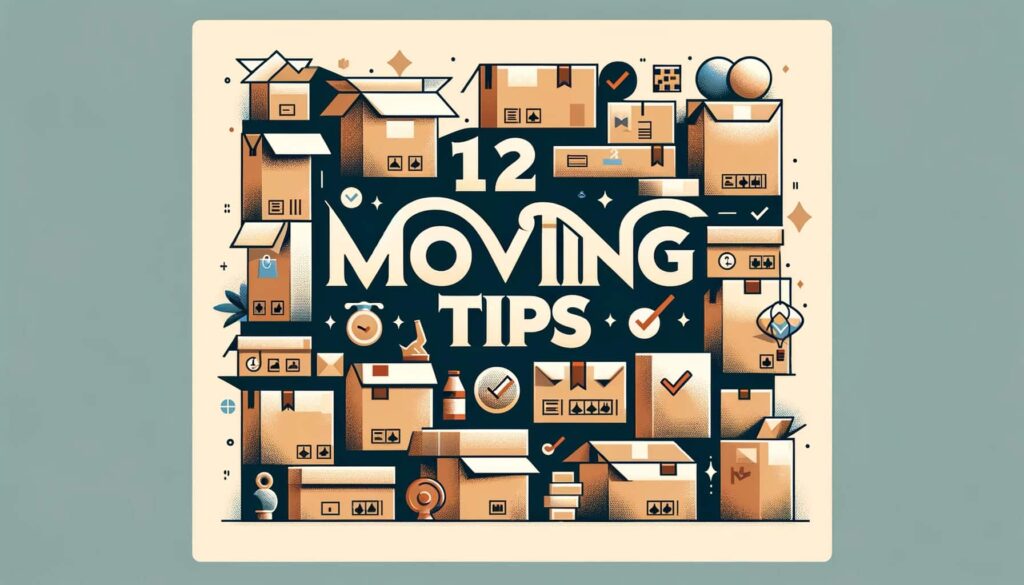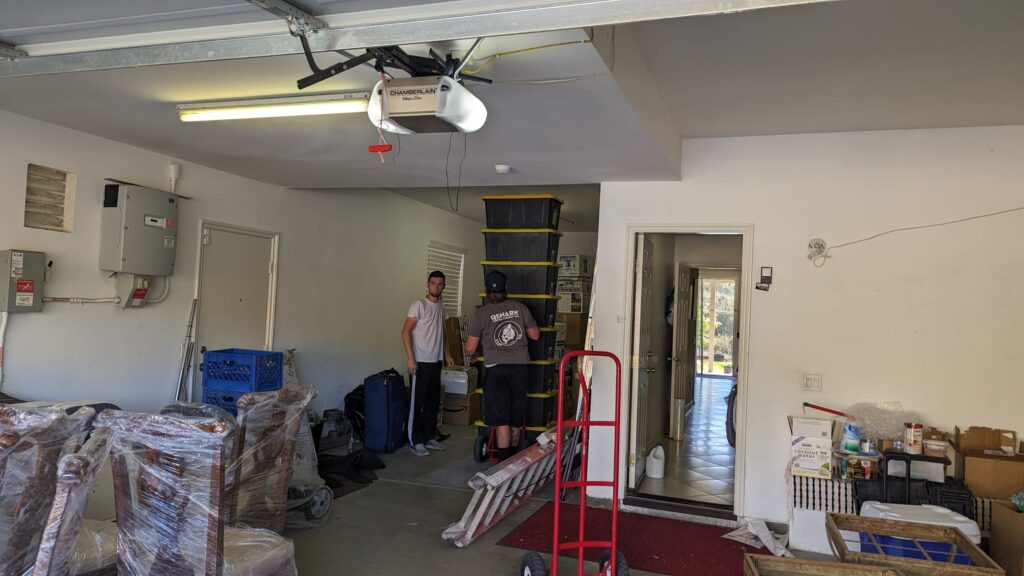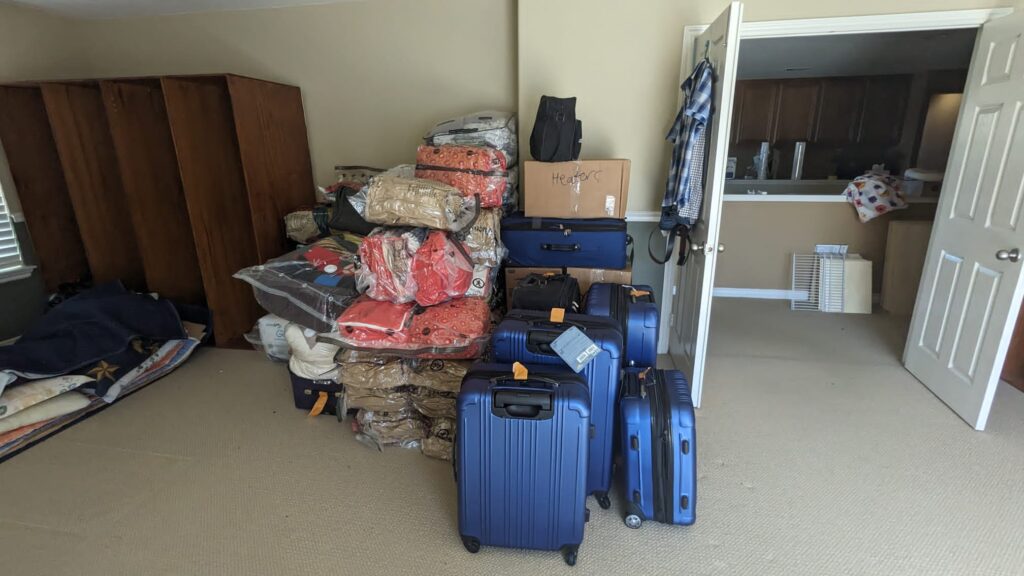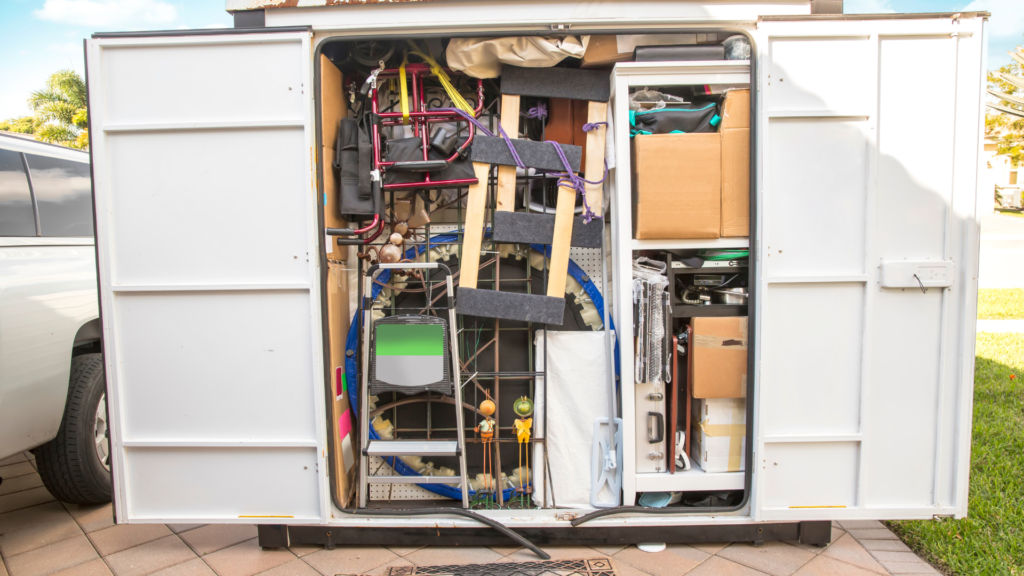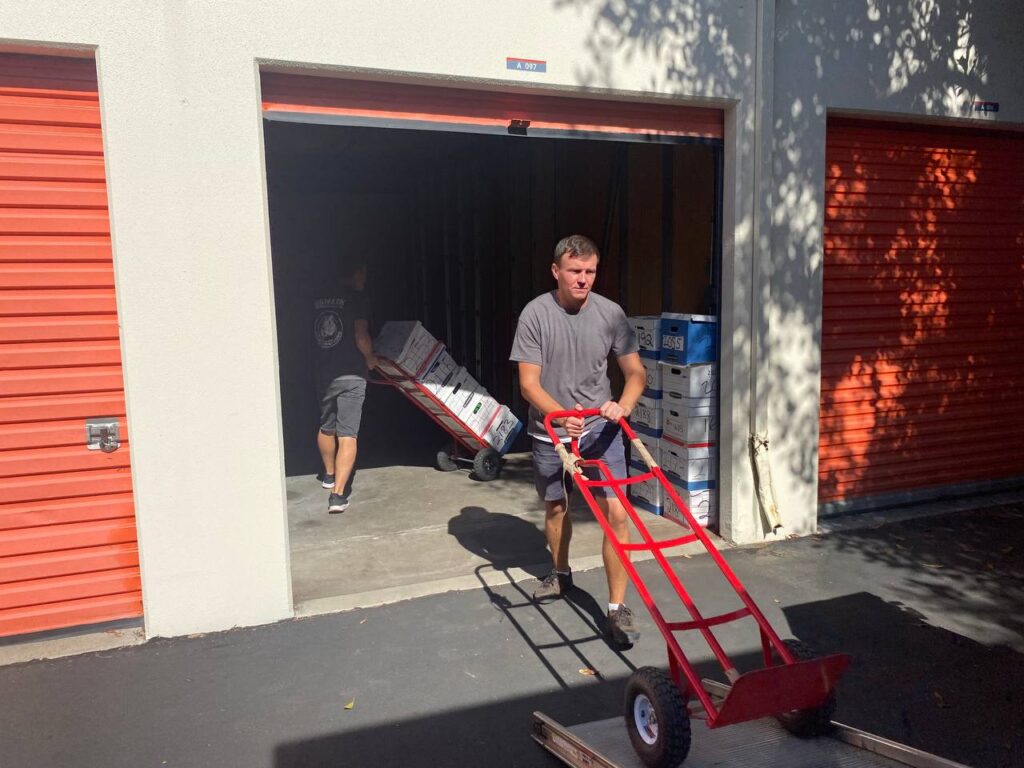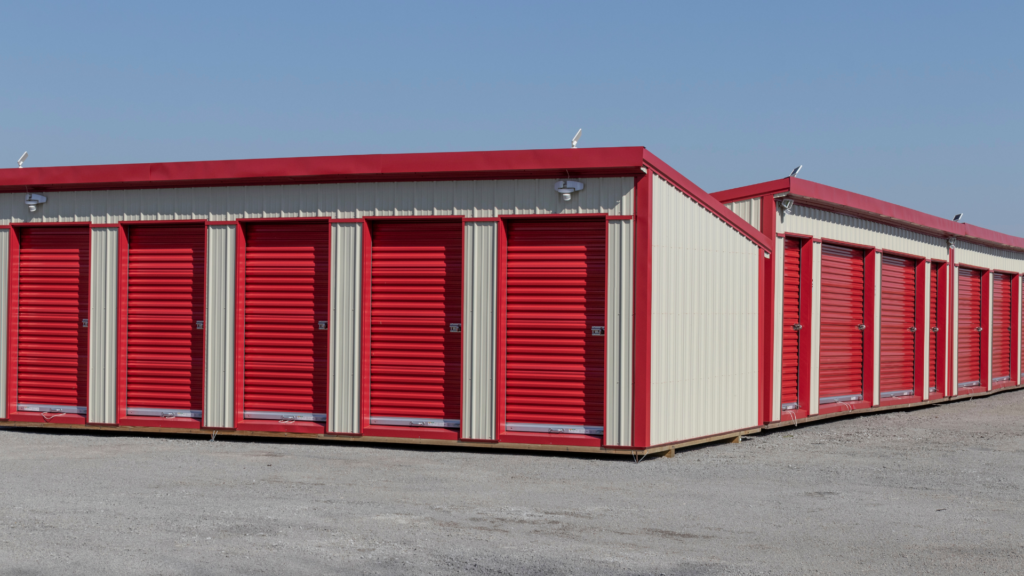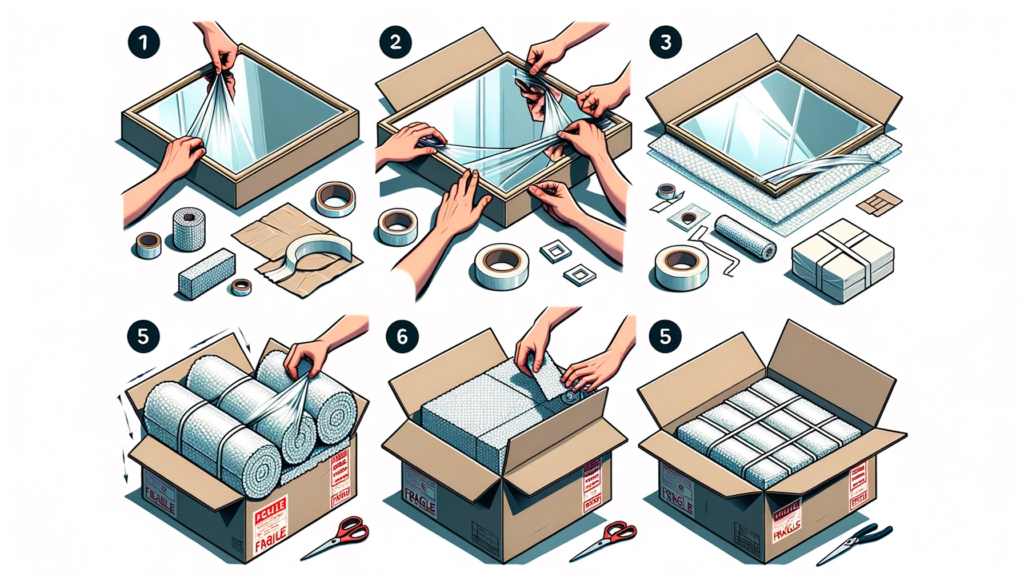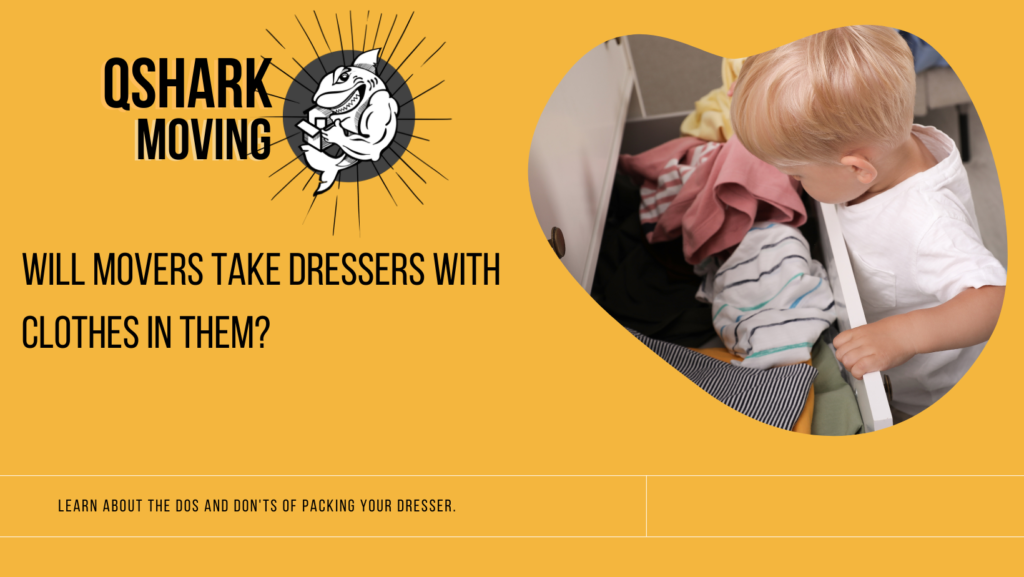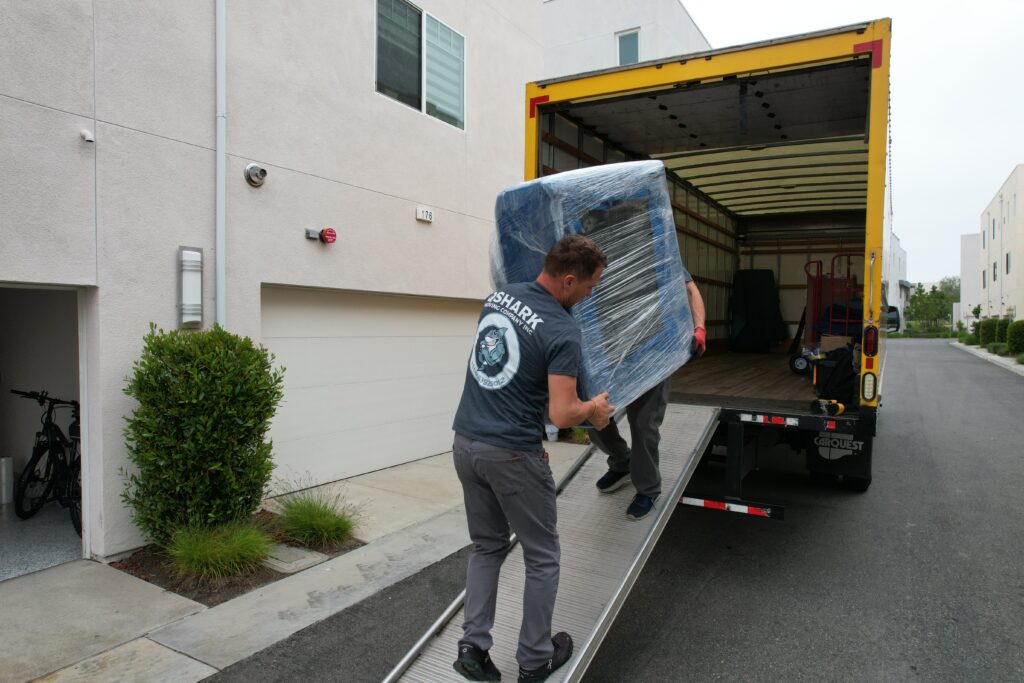Introduction

Moving a house – a concept that might sound daunting, yet with modern technology, it’s a feasible option for many. It involves physically relocating a structure from one location to another, a complex and expensive process. This guide delves into how much does it cost to move a house? and the various factors that play into this unique undertaking.
How much does it cost to move a house?
Basic Costs
Labor Costs: Labor charges for moving a house are significant. These costs are typically calculated by the hour, with local or intrastate moves (under 100 miles) averaging $80-$100 per hour. Additional movers can add $25-$50 per hour to this cost.
Cost of the New Foundation: This is a crucial part of the process, and the costs can vary widely depending on the materials, size, and complexity of the foundation.
Permits: Necessary for legal compliance, the cost of permits will vary based on location and the specific requirements of the move.
Additional Costs
Storage Unit Fees: If you need to store items temporarily, these fees come into play. They can vary greatly depending on the storage unit’s size and the storage duration.
Rental Truck Costs: Essential for moving belongings, the cost depends on the size of the truck and the distance of the move. For long-distance moves, costs can significantly increase.
Modifications to Building Materials: If the house requires structural modifications for the move, this can substantially add to the total cost.
Total Costs
The cost of moving a house can vary significantly, as highlighted by these data points:
Moving a house averages $12 to $16 per square foot, or $18,000 to $40,000 total, depending on the home’s size, weight, and moving distance.
Moving a small to moderately sized house locally might cost between $15,000 to $40,000. For long-distance or larger homes, costs can skyrocket to about $200,000.
For a standard 2–3 bedroom house weighing approximately 5,000 lbs, the average moving cost is around $2,700, but this can exceed $7,000 for long-distance relocations.
Local removalist services generally cost around $1,187, with a range from $350 to $2,500. Depending on size and distance, long-distance house moves can range from $1,000 to over $14,000.
Many factors, including size, distance, and additional services required, influence the total costs. Each move is unique, and obtaining personalized quotes from reputable moving companies is advisable for accurate cost estimation. For more information on moving services, visit Qshark Moving Company.
| Type of Move | Description | Average Cost | Cost Range |
|---|---|---|---|
| House Move (per square foot) | Average cost to move a house based on its size and weight. | $12 to $16 | $18,000 to $40,000 |
| Local House Move (Small to Moderate Size) | Cost for moving a small to moderately-sized house within a local area. | – | $15,000 to $40,000 |
| Long-Distance or Larger Homes | Moving costs for larger homes or moves that cover a long distance. | – | Up to $200,000 |
| Standard 2-3 Bedroom House (5,000 lbs) | Cost for moving a standard 2-3 bedroom house with an average weight of 5,000 lbs. | Around $2,700 | $2,700 to over $7,000 |
| Local Move | Average cost for local moves within a short distance. | Around $1,187 | $350 to $2,500 |
| Long-Distance Move | Cost range for moving a house over a long distance. | – | $1,000 to over $14,000 |
Moving Insurance Costs
Moving insurance is vital to protect your belongings during a move. The cost varies based on the type and amount of coverage you choose:
Third-Party Moving Insurance: This type of insurance typically depends on the weight of your property. Companies might charge around $1.25 per pound. For instance, insuring 1,000 pounds of property would cost approximately $1,250.
Released Value Protection: Often provided for free by moving companies, this basic coverage offers minimal protection.
Full Value Protection: A more comprehensive option, typically costing between 1% and 2% of your property’s overall value. For example, insuring property worth $50,000 could cost between $500 and $1,000.
Homeowners Insurance Costs


Updating or obtaining homeowners insurance is essential when moving to a new home. The average cost of homeowners insurance in 2023 is approximately $2,779. However, this amount can vary significantly depending on the location, size of the home, and other factors.
Average Cost of Setting Up Utilities
Utilities are a recurring expense in any home, and their costs can vary depending on location, usage, and utility type. Here are the average costs for different utilities:
Electricity: On average, electricity costs about $1,475 annually, around $123 monthly.
Gas: The average monthly gas bill is about $80, which can vary with usage and seasonal changes.
Water: Water bills typically range from $17.04 to $68.14 per month.
Sewer: Sewer costs can vary widely, ranging from $14.04 to $135.57 per month.
Trash Removal: This service usually costs between $12 and $20 per month.
Internet: The average cost for internet service is approximately $56.60 per month.
Setting aside at least $200 each month is recommended to cover these basic utility costs. However with add on services and, the total can be higher or lower based on your specific usage and the area you’re moving to.
Average Costs of Moving Insurance and Utilities
| Type | Average Cost | Description |
|---|---|---|
| Moving Insurance (Third-Party) | $1.25 per pound | Cost depends on the weight of property |
| Full Value Protection Insurance | 1% to 2% of property value | Comprehensive coverage for belongings |
| Homeowners Insurance | $2,779 annually | Average yearly cost |
| Electricity | $123/month | Average monthly cost |
| Gas | $80/month | Average monthly cost |
| Water | $17.04 – $68.14/month | Monthly cost range |
| Sewer | $14.04 – $135.57/month | Monthly cost range |
| Trash Removal | $12 – $20/month | Average monthly cost |
| Internet | $56.60/month | Average monthly cost |
Comparing House Moving with Traditional Home Relocation
When considering a move, it’s crucial to understand the stark differences between moving an entire house and a conventional home relocation.
Moving Company Involvement: For a traditional home relocation, a moving company typically handles personal belongings, furniture, and possibly some heavy items. In contrast, a house moving company specializes in physically relocating the entire structure, which involves a more complex and technical process.
Moving Costs: The moving costs for relocating a house are substantially higher than a standard move. Factors like the size of the house, distance to the new location, and the complexity of the move (such as dealing with power lines or narrow roads) can drastically increase the total cost.
Professional Movers: While hiring professional movers for a local or long distance move of household items is often straightforward, moving an entire house requires a team with specialized skills and equipment.
Logistics and Planning: A traditional move might involve packing, loading into a moving truck, and unloading at the new location. In contrast, moving an entire house involves intricate logistics like route planning, building and site preparation, and potentially complex coordination with local authorities for road use and permits.
Saving Money on Your Move
Whether you’re planning a local move or facing the daunting task of moving a house, there are ways to save money throughout the process.
Comparing Moving Companies: It pays to research and compare different moving companies. Look for the best prices, but also consider the quality of service and customer reviews. Sometimes, paying a bit more upfront can save thousands in potential damages or delays.
Utilizing Free Resources: For packing materials, turn to resources like local Facebook groups where you might find free boxes. This small step can significantly reduce your moving expenses.
Choosing the Right Services: Evaluate whether you need full-service movers or if renting a truck for a DIY move would be more cost-effective. Companies like Qshark Moving Company offer various services, from full packing and moving to just providing a moving truck for a local move.
Decluttering Before Moving: Reducing the amount of stuff you need can significantly lower your moving costs. This is especially true for long distance moves where costs are often calculated based on weight or volume.
Off-Peak Moving: Scheduling your move during off-peak times, like mid-week or mid-month, can lead to lower costs. Most moving companies are busier on weekends and at the end of the month, so planning your move outside these times can save money.
What Does Moving a House Entail?
Structural Evaluation: Before anything else, a thorough assessment of the house is necessary. This evaluation determines if the house is structurally sound enough for a move. Historic homes, for instance, might require special attention due to their age and construction materials.
Planning and Coordination: A team of professionals, including a general contractor, structural engineers, and architects, plan the move. This phase involves intricate logistics, considering factors like the weight of the house, the route, and potential obstacles.
Obtaining Permits: Given the public nature of such a move, obtaining the right permits is crucial. This can involve negotiations with various municipalities, especially for long distance moves that cross city or state lines.
Preparing the House: This includes disconnecting utilities, possibly lifting the house with hydraulic jacks, and placing it on dollies or a moving truck. The process varies depending on the type of house, whether it’s a brick house, a mobile home, or a trailer house.
Transportation: Moving the house to its new location is a delicate process, often done slowly to ensure safety. For long-distance moves, this can take several days.
Installation at the New Space: Once at the new location, the house is carefully positioned onto its new foundation, whether a crawl space, a concrete slab, or a stone foundation.
Reconnection and Finishing Touches: The final step involves reconnecting utilities, ensuring the house is livable, and making any necessary repairs or adjustments.
Reasons for Moving a House


People opt to move houses for various reasons, each with its complexities:
Economic Factors: In some cases, moving a house can be more cost-effective than building a new one, especially if the house has significant architectural value or sentimental worth. It’s a way to save money while preserving a piece of history.
Land-Related Issues: Problems like soil instability, flood risks, or land development projects can make the original site unsuitable for the house. Moving the structure to a safer, more stable location can be practical.
Preservation of Architecture: The unique architecture and history are irreplaceable for lovers of historic homes. Moving such a house to a new location can be a way to save and cherish a piece of history.
Personal Preferences: Sometimes, the decision to move a house is driven by personal reasons, such as wanting to maintain the same home while relocating to a different area. This could be due to work commitments, lifestyle changes, or a preference for a different neighborhood or region.
Each reason comes with its own set of challenges and considerations, deciding to move a house a highly personal and often complex one. For those needing more standard moving services, Qshark Moving Company offers expert help for local moves in areas like Los Angeles and Orange County and long distance relocations to places like San Diego and beyond.
Pre-Move Considerations
Before the actual house move begins, several critical factors need to be carefully considered to ensure a smooth transition:
Route Planning: Determining the route is one of the most crucial aspects. The chosen path must accommodate the size of the house and the moving equipment. This involves considering road widths, bridge load limits, and the height of overhead obstacles like power lines.
Utility Coordination: Before moving, it’s essential to coordinate with utility companies for disconnection at the current site and reconnection at the new site. This includes electricity, water, gas, and sewage.
Legal Permits and Approvals: Acquiring the necessary permits can be a complex process, depending on the jurisdictions involved. This includes road use permits, building permits for the site, and sometimes, special permissions for crossing certain areas.
Neighborhood Considerations: Informing neighbors about the move is not just courteous but also practical, especially if the move might affect traffic or access.
Insurance and Liability: Ensuring proper insurance coverage for the move is vital. This covers potential damages during the move to the house and any public or private properties involved.
Cost Analysis: A detailed analysis of moving costs, including potential hidden or unexpected expenses, provides a clearer picture of the financial commitment involved.
The Moving Process
Site and House Preparation: This includes preparing the new site for the house, ensuring it has the proper foundation, and preparing the house itself, which may involve reinforcing the structure and removing parts that could be damaged during the move.
Lifting the House: The house is lifted from its current foundation using hydraulic jacks. This must be done carefully to maintain the structural integrity of the house.
Loading onto the Moving Vehicle: Once lifted, the house is placed on a specialized moving vehicle or a set of dollies. This vehicle is designed to handle the significant weight and size of a house.
Transportation: The house is then slowly transported to the new location. This phase requires careful navigation and coordination, especially if the move involves long distances or challenging terrains.
Placement at the New Location: Upon arrival at the new location, the house is carefully lowered onto its new foundation. This process needs to be as precise as the lifting to ensure the house sits correctly and securely.
Reattachment and Final Checks: Finally, the house is reattached to necessary utilities, and any final adjustments are made to ensure the house is safe and habitable.
FAQ How Much Does It Cost To Move A House
Q: How much does it typically cost to relocate a physical structure?
A: The cost to relocate a physical structure varies widely based on factors like the size of the structure, distance to the new location, and complexities such as route planning and foundation type. Generally, expenses can range from tens of thousands to over a hundred thousand dollars.
Q: What are the primary reasons for relocating a structure instead of building anew?
A: Primary reasons include preserving a historic or architecturally significant structure, addressing land-related issues like flooding risk, and personal preference for the structure over its current location.
Q: What key steps are involved in the relocation process of a structure?
A: Key steps include a structural assessment, obtaining necessary permits, planning the route, preparing the structure (including lifting and securing it), transportation to the site, and placing it on a new foundation.
Q: Can you save money on such a large-scale relocation, and how?
A: To save on costs, it’s essential to compare quotes from different companies, choose the right time for the move to avoid peak rates, and consider doing some preparations yourself, like obtaining permits.
Q: Are there specific types of foundations that are more suitable for relocated structures?
A: The suitability of a foundation type, such as a crawl space, depends on the structure’s design and the conditions at the new spot. Professional assessment is crucial to determine the best foundation type.


